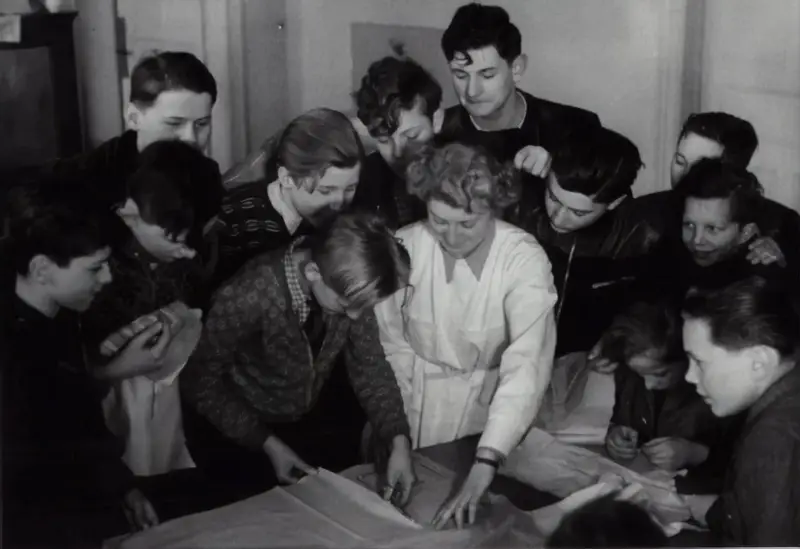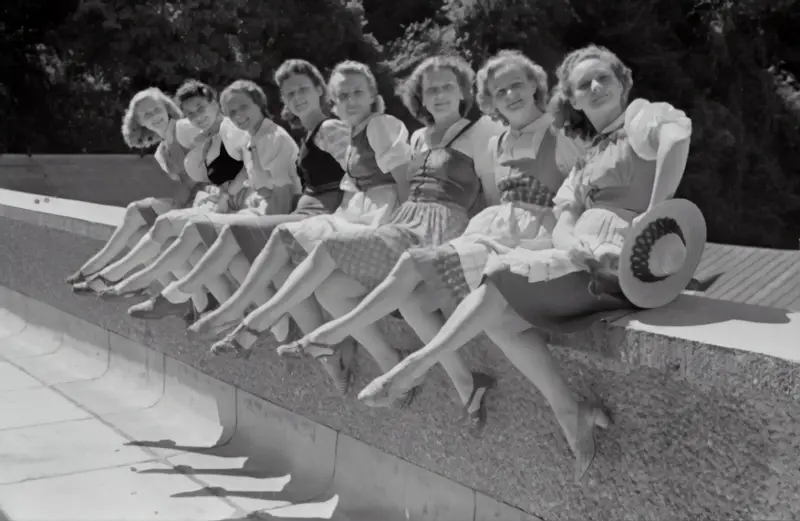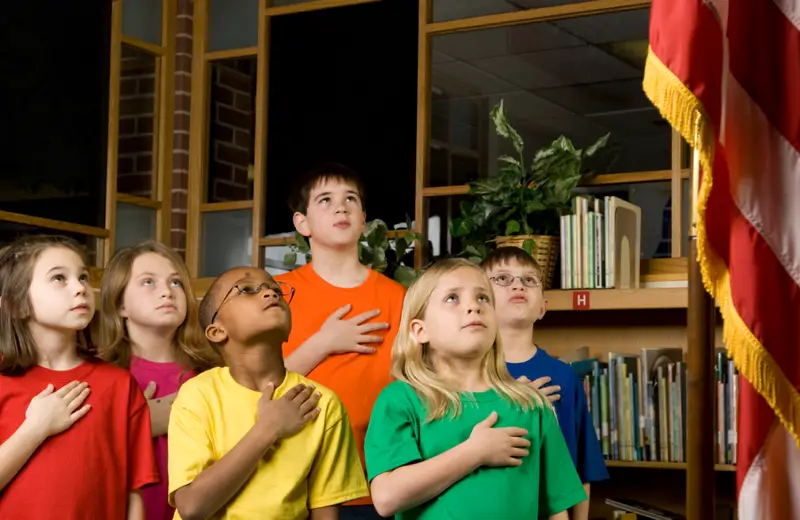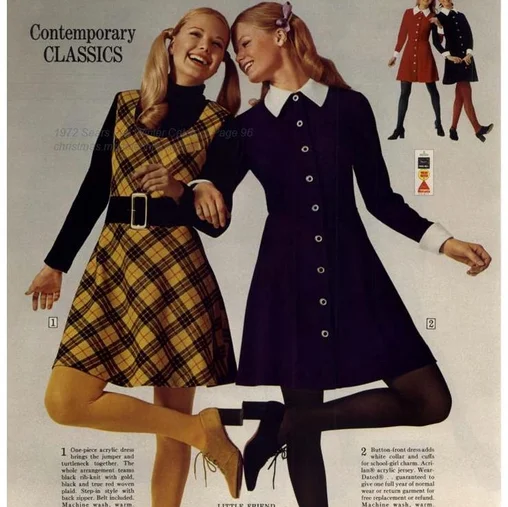High school in the 1960s was a world of strict expectations, unbending authority, and a whole lot of formality. Baby boomers who lived through it remember how these rules shaped their daily lives, while younger generations might find them downright shocking. Let’s take a trip back to the classroom and explore 13 rules that defined high school life in the 60s—and how different things are today.
1. Boys Had to Keep Their Hair Short

If your hair touched your collar, you were in trouble. Long locks were considered rebellious and unkempt, so many schools enforced strict grooming standards. Forget about showing up with a Beatles mop top—it was a ticket to detention.
2. No Jeans Allowed

Jeans were strictly off-limits in most schools, seen as too casual or associated with delinquent behavior. Boys wore slacks, and girls stuck to skirts or dresses. If you dared to show up in denim, you’d be sent home to change.
3. Girls’ Skirts Had to Pass the “Kneel Test”

For girls, skirts had to touch the ground when they knelt down. Too short? Back home you went to change into something more “appropriate.” Teachers would actually measure skirt length, a level of scrutiny that seems unimaginable today.
4. No Talking in Class—Ever

Classrooms were silent unless the teacher called on you. Talking, whispering, or passing notes was a surefire way to get in trouble. Forget casual group discussions; the teacher was the ultimate authority, and you spoke when spoken to.
5. Separate Gym Classes for Boys and Girls

Physical education was segregated by gender, and the activities were often wildly different. Boys might play basketball or run laps, while girls perfected their “grace” with activities like synchronized calisthenics or learning how to dance.
6. Boys and Girls Couldn’t Be Seen Together Too Much

High school couples had to keep things low-key, or they risked getting labeled as “improper.” Excessive displays of affection, or even sitting too close in the hallway, could land you in the principal’s office for a stern talking-to.
7. No Makeup for Girls

Many schools had rules banning makeup entirely, arguing that it was a distraction or inappropriate for young ladies. Girls would sneak on mascara or lipstick and hope they didn’t get caught.
8. Daily Pledges and Prayers

The day often began with the Pledge of Allegiance—and in many schools, a prayer. It was part of the routine, blending patriotism and religion in a way that’s rarely seen in today’s schools.
9. No Talking Back to Teachers

Respect for authority was non-negotiable. Talking back or questioning a teacher wasn’t just frowned upon—it could result in serious punishment, like detention or even suspension. Teachers held all the power in the classroom.
10. Girls Couldn’t Wear Pants

In most schools, pants were considered inappropriate for girls, even in the winter. Some schools made exceptions for freezing days, but girls had to wear dresses or skirts otherwise, often with nylon stockings to stay warm.
11. Assigned Seats in Every Class

There was no such thing as choosing your own spot in the classroom. Teachers carefully assigned seats, often alphabetically or by behavior, to maintain order and control. Sitting next to your best friend? Forget about it.
12. Strict Curfews for School Events

Dances, football games, and other events ended early, and students were expected to head straight home afterward. Breaking curfew could mean getting grounded—or worse, being banned from future events.
13. Corporal Punishment Was Common

Teachers and principals didn’t just give detentions—they gave spankings or paddlings. Many schools allowed corporal punishment for misbehavior, and it wasn’t considered controversial at the time. Kids knew to toe the line—or else.
The 1960s were a time when rules were rigid, authority was absolute, and rebellion came at a cost. But for those who lived it, these memories are a mix of nostalgia and amazement at just how different life was. Can you imagine going back to those days?


